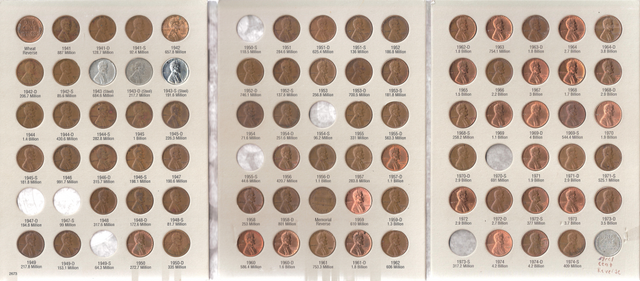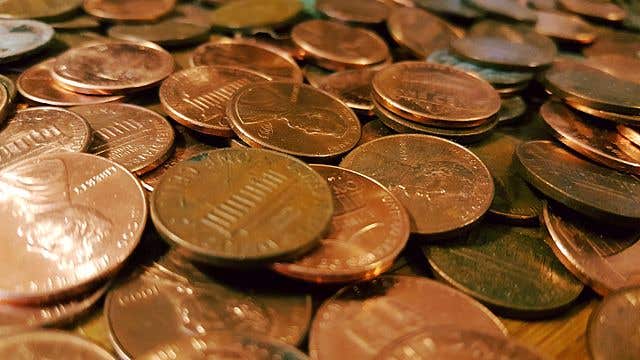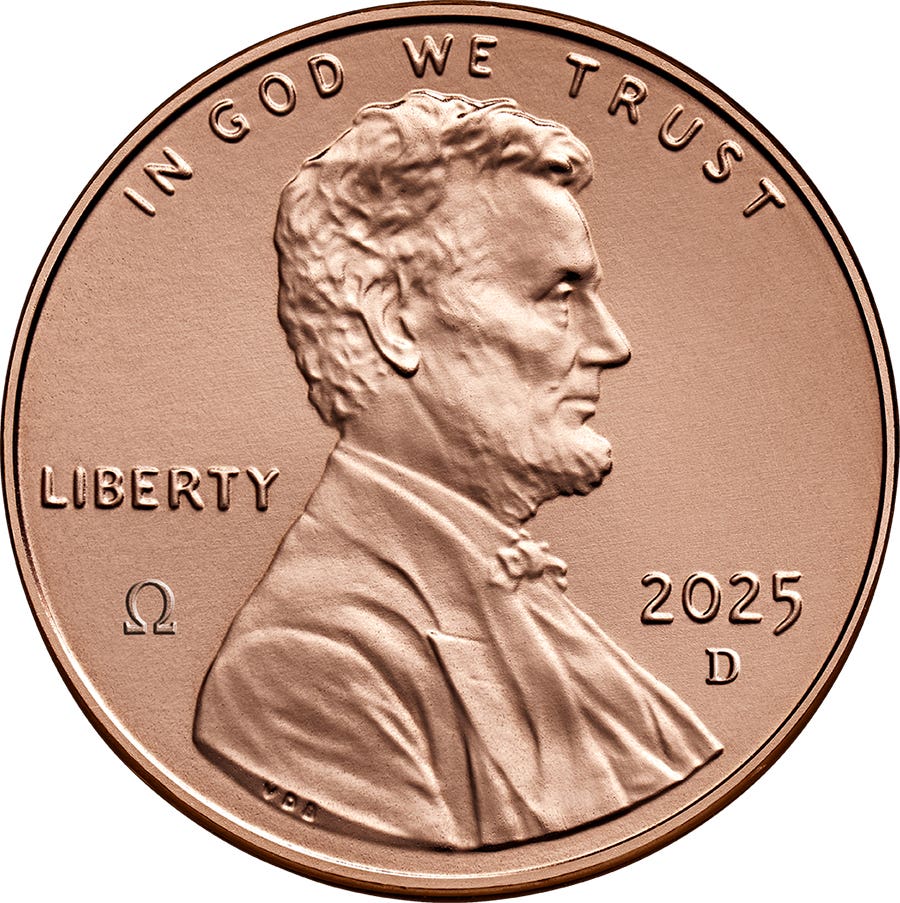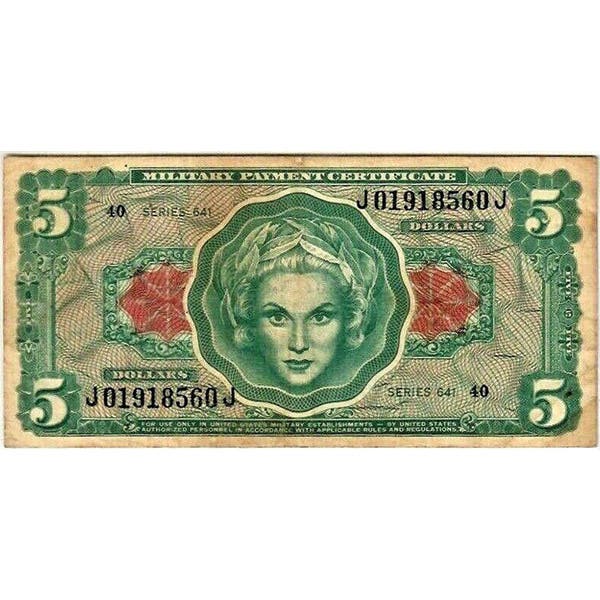Is It Time To Sell Your Gold?
Gold has surged nearly 80% since late 2022, but with shifting economic indicators and market volatility, investors are questioning whether it’s time to cash in or hold steady.
From the end of 2022 through Tuesday, May 13, here are how some financial assets have performed:
Asset Change 12/30/2022-5/13/2025
NASDAQ +81.6%
Gold +78.1%
Frankfurt Xetra DAX +69.8%
Standard & Poors 500 +53.3%
Tokyo Nikkei 225 +46.3%
Silver +37.7%
Dow Jones Industrial Avg +27.1%
Dow Jones World (ex-US) +27.0%
Sao Paulo Bovespa +26.6%
Russell 2000 +19.4%
Australia S&P/ASX 200 +17.5%
London FT 100 +15.5%
Shanghai Composite +9.3%
Platinum -7.7%
Palladium -46.6%
Keep in mind that these changes don’t reflect any dividends paid by stocks in the indices and also don’t consider changes in the value of foreign currencies versus the U.S. dollar.
As you can see, gold has had a good run over the past 28+ months. But, there are other factors than simply experiencing an outsize price appreciation to consider. Everyone’s personal circumstances are unique. Some people are building their assets while others may be selling them off to pay for retirement. People have different comfort levels with risk.
Then you need to consider the time frame. Years ago, a potential customer told me they wanted to purchase some bullion-priced physical silver that they expected to sell in about six months to pay college tuition for a child. While I acknowledged that silver might well appreciate in that half year, there was enough uncertainty that it would be more appropriate to earn interest income instead, while protecting the principal amount.
Of course, perhaps the most important question to ask as to whether now is a good time to be selling gold is “what are the prospects for the metal from now into the future?”
On that basis, for almost everyone, I suggest not liquidating your gold. In fact, it may be appropriate to consider continuing to add to your holdings of both gold and silver.
On a long-term basis, the mine and recycling supplies of gold fall short of meeting demand for the metal for central bank reserves, jewelry, bars and coins, industrial applications, and for inventory held by gold exchange traded funds.
In the first quarter of 2025, a whopping seven million ounces were added to global gold exchange-traded funds. The bulk of this was in China, where private citizens could not locate sufficient quantities of physical gold to purchase and could not acquire enough futures contracts on the Shanghai Futures Exchange.
A 2024 survey by the World Gold Councilhttps://www.gold.org/ found that 70 percent of the world’s central banks expect that the percentage of their reserves held in physical gold will increase within five years.
So, simply on a supply and demand basis, there is a strong likelihood that gold’s price will continue to rise from current levels.
But you also must consider if there are purposes for gold where there are potential alternatives which could result in either higher or lower future gold demand.
When President Nixon closed the U.S. Treasury’s gold exchange window on Aug. 15, 1971, global central banks held about 90 percent of their reserves in U.S. dollars and U.S. Treasury debt. In recent years, U.S. assets have made up only about 60 percent of central bank reserves.
This decline was mostly due to the decrease in the use of the U.S. dollar in international commerce. However, in recent years, there has been a decided shift away from holding U.S. reserves out of fear of the falling value of the U.S. dollar.
Just in the past five weeks through Tuesday this week, these currencies have appreciated 5 percent or more against the U.S. dollar: Australia, Brazil, Chile, Israel, Mexico, New Zealand, Russia, South Africa, Taiwan, and Thailand. Even the British Pound was up 4.1 percent. Year to date through Tuesday, the U.S. Dollar Index had declined by 7.2 percent.
Within the past week, the Swiss government and several companies announced that they would be reducing their pension fund investments in U.S. Treasury debt and U.S.-based companies from a fear of a continued decline in the value of the U.S. dollar. There was also a revelation from Taiwan, which had appreciated by 8.6 percent versus the U.S. dollar over the past five weeks, that there was pressure there to get out of holding U.S. Treasury debt and stocks of U.S.-based companies.
While markets won’t move in a straight line, the strongest reason to expect higher gold prices in the near future is the continuing fall in the purchasing power of the U.S. dollar.
The last column’s numismatic trivia question
Last time, I asked— What were the problems that led to the demise of the U.S. Mint’s first attempt at a bullion program—the 1980-1984 gold American Arts Commemorative series? There were multiple problems, only some of which were corrected during the program. Although these were struck by the U.S. Mint, the 1980 and 1981 issues do not state “United States of America.” Those issues also did not contain a statement that they were made of gold or how much gold they had. These first two annual issues had smooth edges, meaning it could be possible for crooks to shave off part of the metal content. Initially, would-be buyers had to call in an order and then purchase a Post Office money order to send as payment. Prices were based on the previous day’s gold market, which meant that sales soared on days when the gold price rose.
Perhaps the greatest problem is that these issues were not legal tender coinage with face value. Although most of the problems mentioned above were corrected starting in 1982, the lack of legal tender status made them less attractive to purchasers who had a growing number of legal tender options available. By 1984, demand had fallen so low that no effort was made to extend the life of the American Arts Commemorative program beyond its scheduled 1984 end date. Instead, government officials learned from these failures and then created the highly successful American Eagle gold and silver coin program that debuted in 1986.
This week’s trivia question
Here is this week’s question. Why was it that the Mint only struck half dollars and dollars in 1794 and no other denominations of gold or silver coins? Come back next week for the answer.
You may also like:









